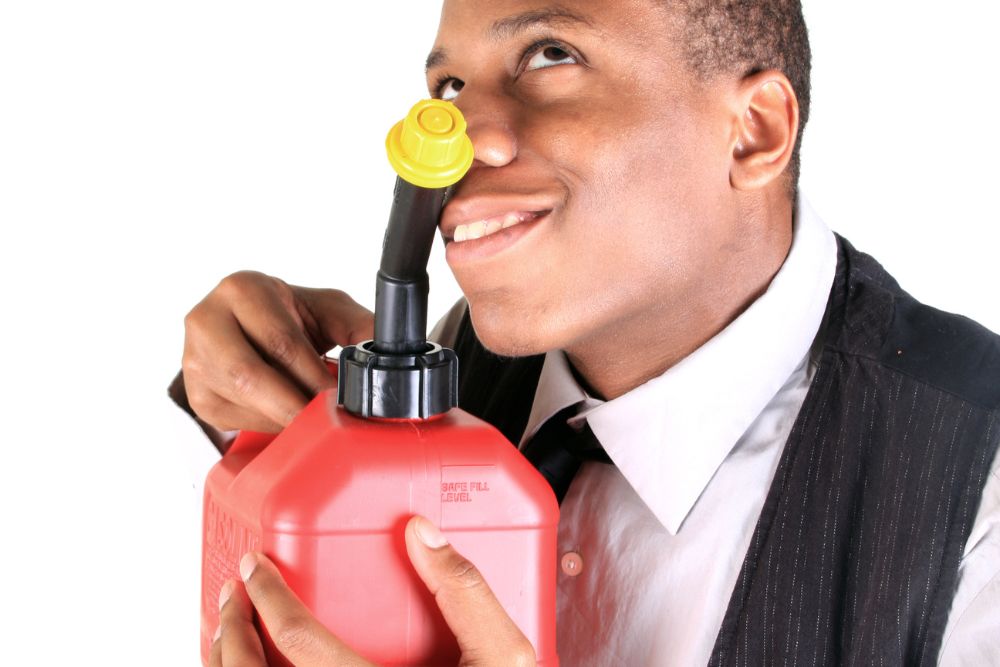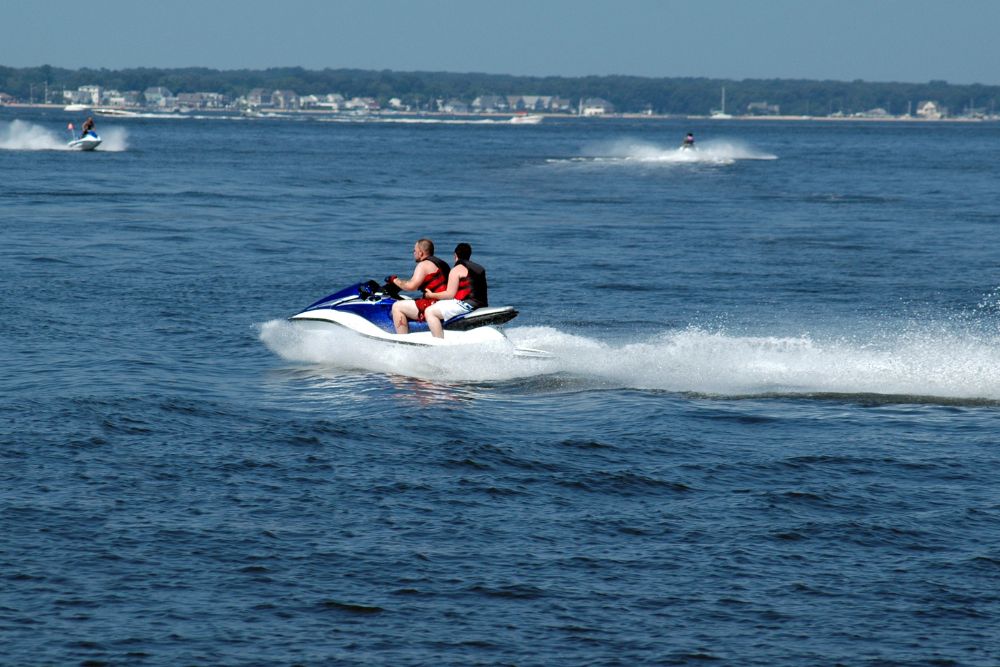Nobody wants to ride a Personal Water Craft (PWC) that’s full of gas fumes. Not only is it dangerous, but it’s also incredibly unpleasant. So, how can you ensure that your PWC is free of gas fumes before hitting the water? The answer is simple: by conducting the “smell/sniff” test.
What Is The Smell/Sniff Test?
The smell/sniff test is exactly what it sounds like. To conduct the test, all you have to do is open the engine compartment of your PWC and take a good, deep sniff. If there are gas fumes present, you’ll be able to smell them. It’s really that simple.
Why Is The Smell/Sniff Test Important?
Now that you know how to conduct the smell/sniff test, you might wonder why it’s so important. After all, doesn’t everyone know to check for gas fumes before they start their PWC engines? Unfortunately, not everyone is as safety-conscious as they should be. That’s why it’s always a good idea to err on the side of caution and check for gas fumes yourself, even if you think there’s no need. After all, it only takes a few seconds to sniff around the engine compartment, but the consequences of not checking could be disastrous.
What is a PWC
PWCs, or personal watercraft, are small vessels designed for the operator to sit, stand, or kneel on the vessel. Water jet devices are also PWCs because they use the same system to gain propulsion and are designed to stand in. PWCs are popular because they are small and agile, making them easy to operate and maneuver.
How PWCs Work
PWCs work by using a jet of water to propel the vessel forward. The operator sits on the vessel and uses handlebars to control the direction of travel. The handlebars are also used to operate the throttle, which regulates the speed of the PWC.
PWCs are equipped with various safety features, including an engine kill switch typically attached to the operator’s life jacket. This ensures that if the operator falls off the PWC, the engine will automatically shut off. PWCs also have an emergency flotation device that can be deployed if the vessel capsizes.
Best Way to Check
Checking for gas fumes after fueling a personal watercraft (PWC) is important for reducing fire risk. Fire is the leading cause of death and injuries related to PWCs. The best way to check for gas fumes is to use your sense of smell. If you smell gas, wipe up any spills immediately and ventilate the area.
Why Is It Important To Check For Gas Fumes?
There are several reasons why it’s important to check for gas fumes after fueling a PWC. First, gas fumes are highly combustible and can easily ignite if they come into contact with an ignition source such as a spark or open flame. Second, gas fumes are poisonous and can cause serious health problems if inhaled. Finally, gasoline is a major source of water pollution, and checking for fuel leaks helps to prevent water contamination.

How To Check For Gas Fumes
The best way to check for gas fumes is to use your sense of smell. If you smell gas, wipe up any spills immediately and ventilate the area. You can also use a commercial leak detector solution to check for fuel leaks. This solution turns red in the presence of gasoline fumes. To use this method, simply dispense a small amount of solution on the surface where you suspect a leak and look for a color change.
If you smell gas, you should first stop fueling and move away from the area. Then, open all the doors and windows for ventilation purposes. Once the area is ventilated, wipe up any spills with absorbent materials such as paper towels or rags. Finally, wash your hands thoroughly with soap and water before resuming activities.
Other Ways to Check
The most common way to check for gas fumes is to smell around the area you fuel up. If you smell any gasoline fumes, there’s likely a leak somewhere in the system. Another way to check for leaks is to look for drips or puddles of gasoline on the ground near the fueling area. If you see any evidence of a leak, it’s important to shut off the engine and fuel supply immediately and contact a qualified technician to repair the leak.
Another way to check for gas fumes is with a special detector wand that can be inserted into the fuel tank opening. These wands are designed to detect even trace amounts of gasoline fumes, so they’re an excellent way to be sure that your PWC is safe after fueling. However, detector wands can be expensive, so they may not be practical for everyone.
What To Do if You Find Gas Fumes
Anyone who owns or operates a personal watercraft can tell you that fuel fumes are an inevitable part of the experience. Whether on the water or refueling at the dock, it’s not uncommon to catch a whiff of gasoline fumes. However, if you notice an unusually strong gas smell after fueling your PWC, there could be a problem.
If you notice gas fumes after fueling your PWC, you should first check the fuel lines for leaks. If there are any leaks, tighten or replace the fuel line as necessary. If there are no leaks and the problem persists, take your PWC to a qualified service technician for further diagnosis.
There are a few things that could be causing the problem. One possibility is that the PWC’s fuel tank vent is blocked. Another possibility is that the PWC’s engine is not getting enough ventilation. Either way, a qualified technician will be able to diagnose and fix the problem.
Why is it Important to Check?
First and foremost, it’s important to check for gas fumes because gas is highly combustible. If there are any gas fumes present when you start your PWC up, they could easily ignite and cause an explosion. This is why it’s always recommended that you check for gas fumes before starting your engine.
Another reason to check for gas fumes is that they can harm your health if inhaled. Inhaling gas fumes can cause dizziness, headaches, and nausea. In severe cases, it can even lead to asphyxiation. This is why it’s so important to ensure that there are no gas fumes before starting your PWC up.
In Conclusion
The “smell/sniff” test is the best way to check for gas fumes after fueling your PWC. Be sure to open the engine compartment and take a sniff before starting your engine. If you do smell fuel fumes, try tightening the gas cap or take your PWC to a mechanic for further inspection. Safety should always be your top priority when operating a PWC.
No matter your method, it’s important to regularly check for gas fumes after fueling your PWC. Although smelling for gasoline fumes is the most common method, there are other ways to check for leaks as well. With a little care and attention, you can help keep your PWC in top condition and prevent serious accidents.



